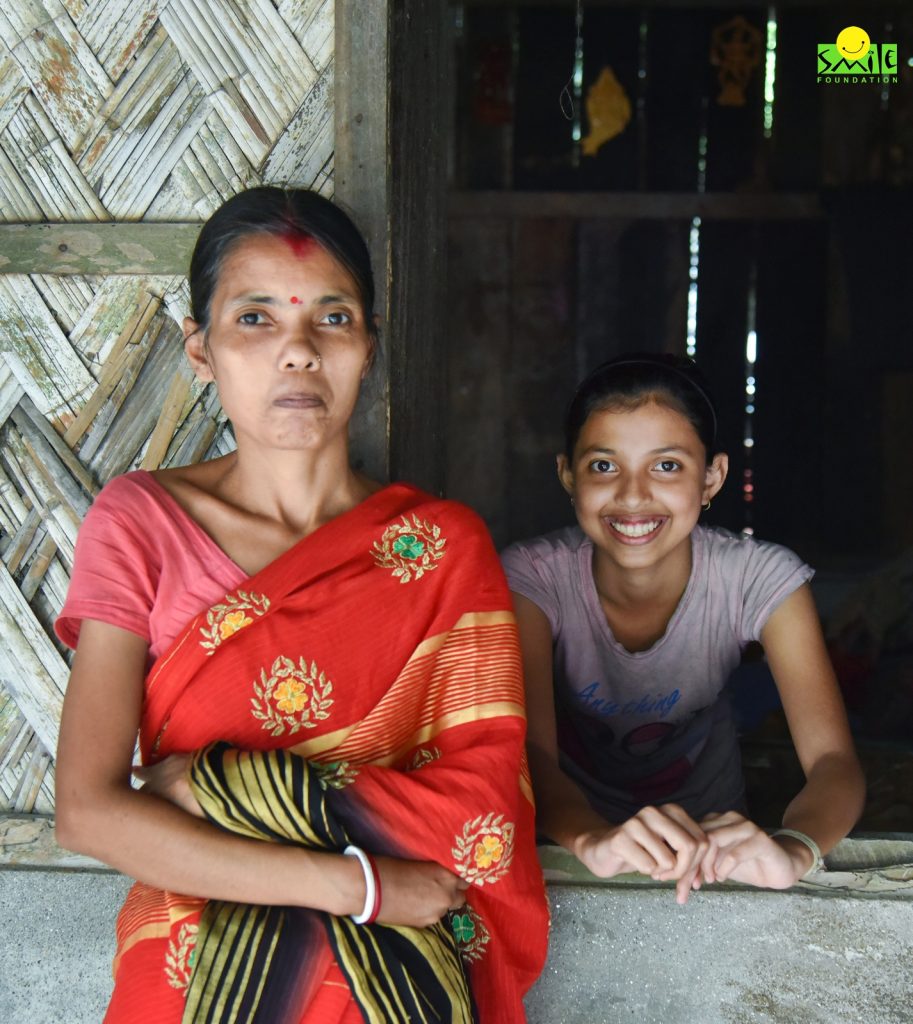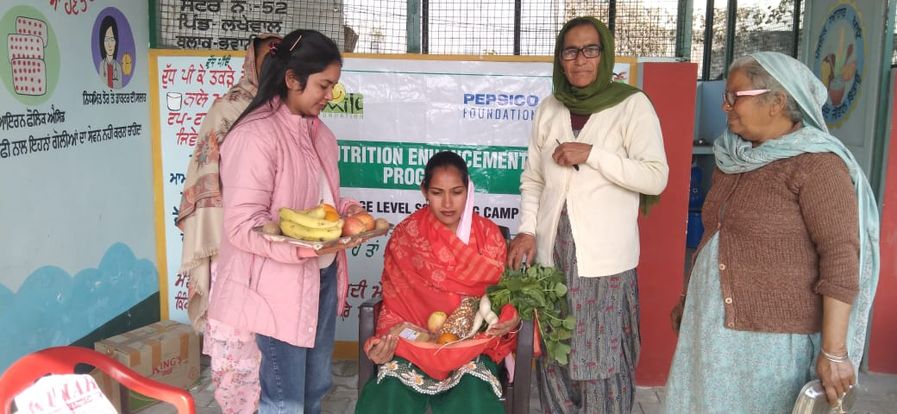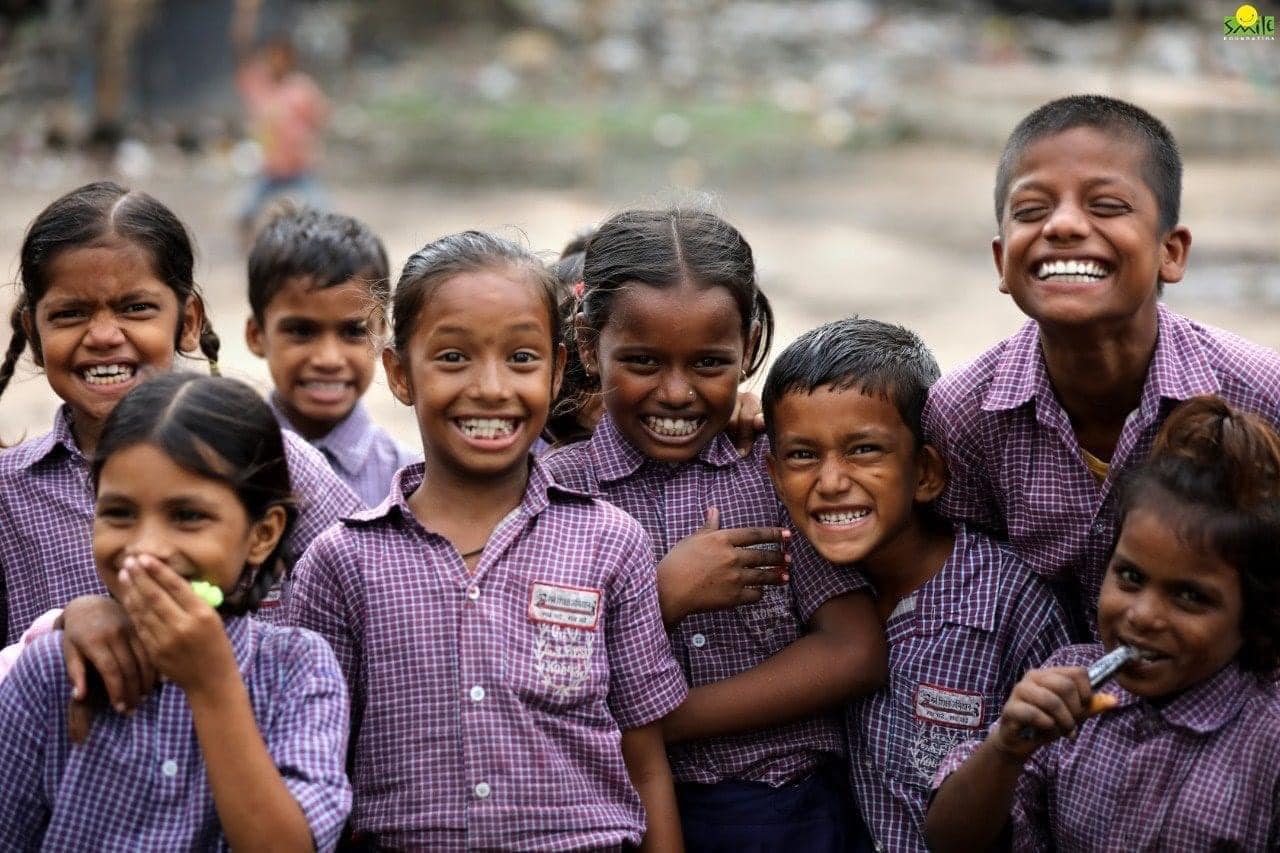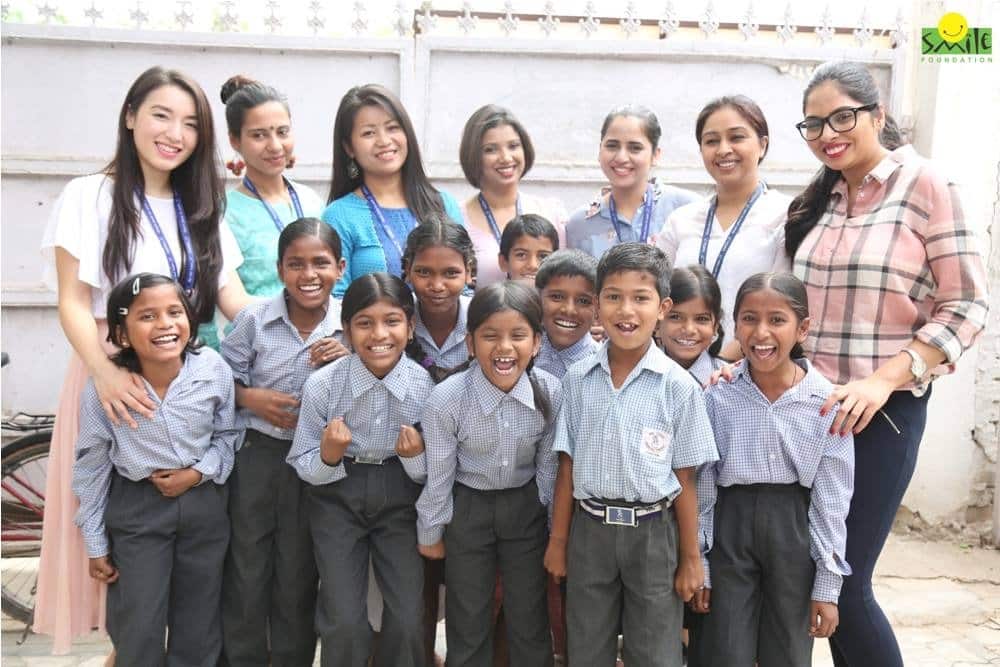When understanding women empowerment in India, one needs to be aware of their rights like the right to vote, equal opportunities, property rights, freedom of choosing their partner, their legal rights, and many more. Empowering women is about their realization of their self-worth and making equitable conditions exist in a society where women can enjoy their rights just like their male counterparts.
When it comes to the population of women in the world, it’s around 50 % but in India, there is a disproportionate sex ratio resulting in a lower female population.
To understand the present state of things, we need to labyrinth our way into women’s empowerment in India throughout the years, from the ancient to the modern times.
What is women’s empowerment?
For centuries, unjustified treatment towards women went with them not allowed to have property, no share in their parental property properties, no voting rights, and no one to guide them towards making a career and a life where real freedom was a stuff of the dreams.
Now many women have control over their material assets, intellectual resources, and ideologies.
Ancient Indian Period
Women were treated as equal to men, and there was no gender-based discrimination. The society of the time considered women as Janani which means mother, with Hindu scripts considering women as Devi.
All the basic rights were thoroughly enjoyed by women where they were free to receive education and other skills deemed necessary for survival and thriving. Many famous women of the time were competitive with men in many fields with no restrictions binding on them. They also possessed great wealth and property and had a very strong say in matters concerning the welfare of the children.
In Taittiriya Samhita, women and men were considered as the two wheels of a cart- the existence of one dependent upon the functioning of the other. All lessons in the Vedas were great examples of equality between men and women.
The Medieval Period
Medieval India is well remembered because of child marriage. During this era, the birth of a female child brought shame to parents, who perceived daughters as a burden on the family. Consequently, parents hastily arranged marriages for their daughters. Another contributing factor to child marriages was the unfounded belief that mature girls were prone to engage in scandals. As a result, parents sought to marry off their daughters at a young age, with the girls remaining in their parental homes until reaching puberty. In this societal context, women were unfortunately regarded merely as marriage material, treated akin to commodities. This mindset not only led to a surge in birth rates but also contributed to the poor health of women, contributing to higher mortality rates for both women and infants.
No access to widow re-marriage
In the medieval period, widows were stigmatized as cursed and believed to bring ill luck upon becoming widowed. These women had to renounce all comforts promised by their husbands at marriage, facing exclusion from holy rituals and sacred places. Remarriage was forbidden, leaving them with no choice but to lead a life of seclusion, clad in faded white attire and adhering to specific dietary restrictions.
The fight for women’s empowerment in India gained momentum as society evolved. In the early stages of modern empowerment, notable figures like Begum Hazrat Mahal, Uda Devi, and Rani Laxmi Bai emerged during the East India Company era. Social reforms saw the active involvement of men such as Raja Rammohan Roy, Iswar Chandra Vidyasagar, Swami Vivekananda, and Swami Dayananda Saraswat, contributing to the restoration of women’s status.
Western Influences
The concept of empowerment originated during the civil rights movements in the USA in the 1960s. Empowerment, defined as an individual process of taking control over one’s life and responsibilities, granting human rights and social justice, played a crucial role in reshaping the status of women in India. The 19th century marked a global shift toward women’s education, influencing trends in India, where the qualitative excellence of education was maintained within a limited aristocratic circle.
British rule and missionary activities from Europe brought changes to Indian society, with the establishment of schools for girls in Calcutta, Bombay, and Madras. Post-independence, women’s empowerment movements faced challenges as many women returned home after the departure of colonizers. Despite constitutional promises of equality and adult franchise, issues like oppression, discrimination, dowry deaths, unemployment, and a declining sex ratio persisted.
Present Times
The term “human rights” has become ubiquitous, reflecting a broader discourse in contemporary times. The global women’s rights movement extends beyond reformation, focusing on the reconstruction and recovery of women’s status and their inherent rights.
One of the noteworthy areas of progress lies in legislative changes designed to bolster women’s rights and safety. Laws addressing sexual harassment, domestic violence, and gender discrimination have been enacted, marking a significant shift towards a more protective legal framework.
Educationally, India has witnessed a positive trend with increased emphasis on improving female literacy rates. Government initiatives and schemes are actively promoting girls’ education, contributing to a more inclusive and educated female population.
Political participation has seen encouraging developments, with more women occupying key political positions. Reservations for women in local bodies have played a pivotal role in fostering greater female involvement at the grassroots level.
Economically, there is a rising tide of women entering the workforce across diverse sectors and Smile Foundation is making efforts towards putting more women into the workforce. Entrepreneurship among women is on the ascent, reflecting a changing landscape of economic participation.
In conclusion, the evolving status of women in India reflects a dynamic interplay of progress and challenges. While strides have been made in various spheres, the journey towards women empowerment requires a concerted and sustained effort from all segments of society. By addressing challenges head-on, India can move closer to realizing the vision of a society where every woman is empowered to achieve her fullest potential.









